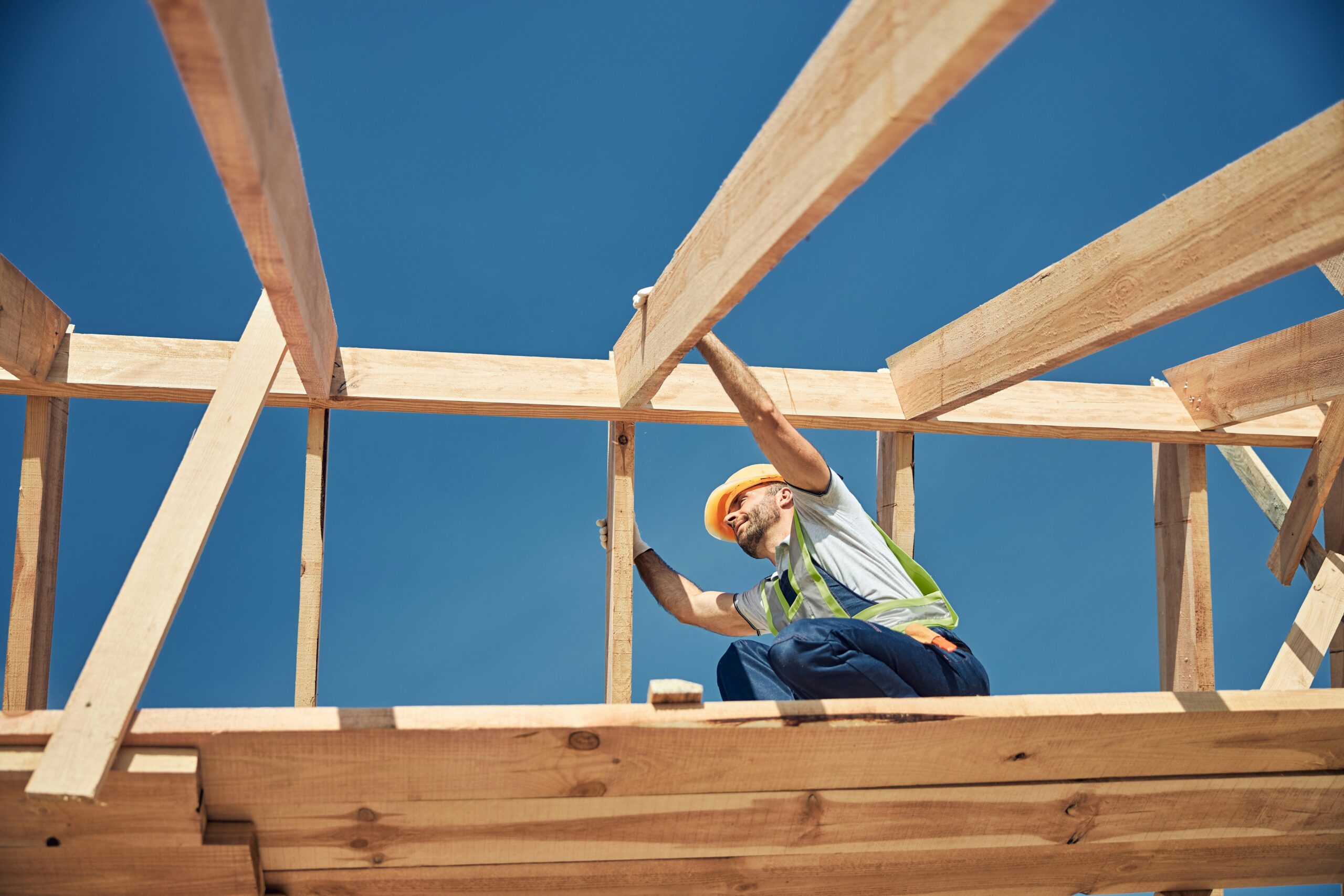
Home construction is a multifaceted process that requires precision, expertise, and strict adherence to established standards. Every detail must be carefully considered, from the foundation to the roof, to ensure the structure’s safety, durability, and livability. Quality standards in home construction are essential to guarantee that buildings meet legal requirements, industry norms, and customer expectations. These standards vary depending on the region, but their core principles remain the same.
Understanding Building Codes and Regulations
Building codes are the foundation of quality standards in home construction. These codes are sets of rules that specify the minimum acceptable level of construction for homes and buildings. They ensure that structures are safe, sustainable, and habitable. These codes cover every aspect of construction, including electrical systems, plumbing, and structural integrity.
In the United States, local municipalities usually set building codes based on national standards like the International Building Code (IBC). These codes also consider factors such as fire safety, accessibility, and energy efficiency. Homebuilders must comply with these codes during every stage of construction. This ensures safety and helps avoid legal issues arising from non-compliance.
The Role of Quality Materials in Home Construction
One of the most important factors in maintaining high-quality standards in home construction is the selection of materials. The materials used in construction must meet specific performance standards to ensure durability and safety. High-quality materials contribute significantly to the longevity of a home, minimizing the need for costly repairs and maintenance.
For example, using premium-grade timber to frame a house can prevent wood rot or pest infestations. Similarly, using durable roofing materials, such as asphalt shingles or metal, helps protect the home from weather-related damage. When selecting materials, builders must also consider sustainability and environmental impact. Eco-friendly materials, such as energy-efficient windows or recycled building materials, are gaining popularity for their ability to reduce ecological footprints.
Skilled Labor and Professional Expertise
The expertise of the construction crew is another critical factor in ensuring the quality of home construction. Skilled laborers, including carpenters, electricians, plumbers, and masons, must possess the necessary training and experience to perform their tasks at the highest standard. Builders and contractors should invest in training programs and certifications to ensure their teams remain up-to-date with the latest construction techniques and codes.
Quality artistry is essential for the overall safety and aesthetics of the home. For example, improper installation of electrical systems can lead to fire hazards, while poor plumbing work can cause leaks or water damage. Builders who prioritize skilled labor also tend to have a better reputation in the market, as they are known for producing well-built, long-lasting homes.
Inspection and Quality Assurance Throughout the Construction Process
Inspection and quality assurance are critical components of maintaining high-quality standards in home construction. Inspections should be conducted at various stages of the building process to identify potential issues before they become costly problems. This includes inspections for the foundation, framing, plumbing, electrical systems, and finishing.
Many local governments require inspections as part of permitting, but private quality control inspections can provide additional peace of mind. Independent inspectors may look at aspects of construction that may not be included in a municipal inspection, such as potential environmental hazards or long-term wear and tear. Regular inspections ensure that any issues are caught early, preventing the need for expensive repairs down the road.
Post-Construction Maintenance and Warranty Considerations
Even after the completion of a home, maintaining high-quality standards remains important. Homeowners should be aware of the builder’s warranty, which usually covers any issues that arise within a specified period after construction. This warranty typically includes major structural elements like the foundation, roof, and electrical systems.
Post-construction maintenance is critical in ensuring that a home remains safe and functional. Regular maintenance tasks, such as cleaning gutters, inspecting HVAC systems, and checking for leaks, can extend the home’s life and reduce the need for expensive repairs. Homeowners who stay proactive about maintenance can also avoid issues like mold growth, pest infestations, and general wear and tear that can affect the home’s quality over time.
Quality standards in home construction are not just about meeting regulations—they are about ensuring safety, durability, and comfort for homeowners. From the foundation to the finishing touches, every step of the construction process must adhere to strict quality standards. Builders and contractors who prioritize quality in their work are investing in the long-term success of their projects, ensuring that homes remain safe and livable for years to come. Quality construction is more than just a requirement; it’s a commitment to creating homes that stand the test of time.